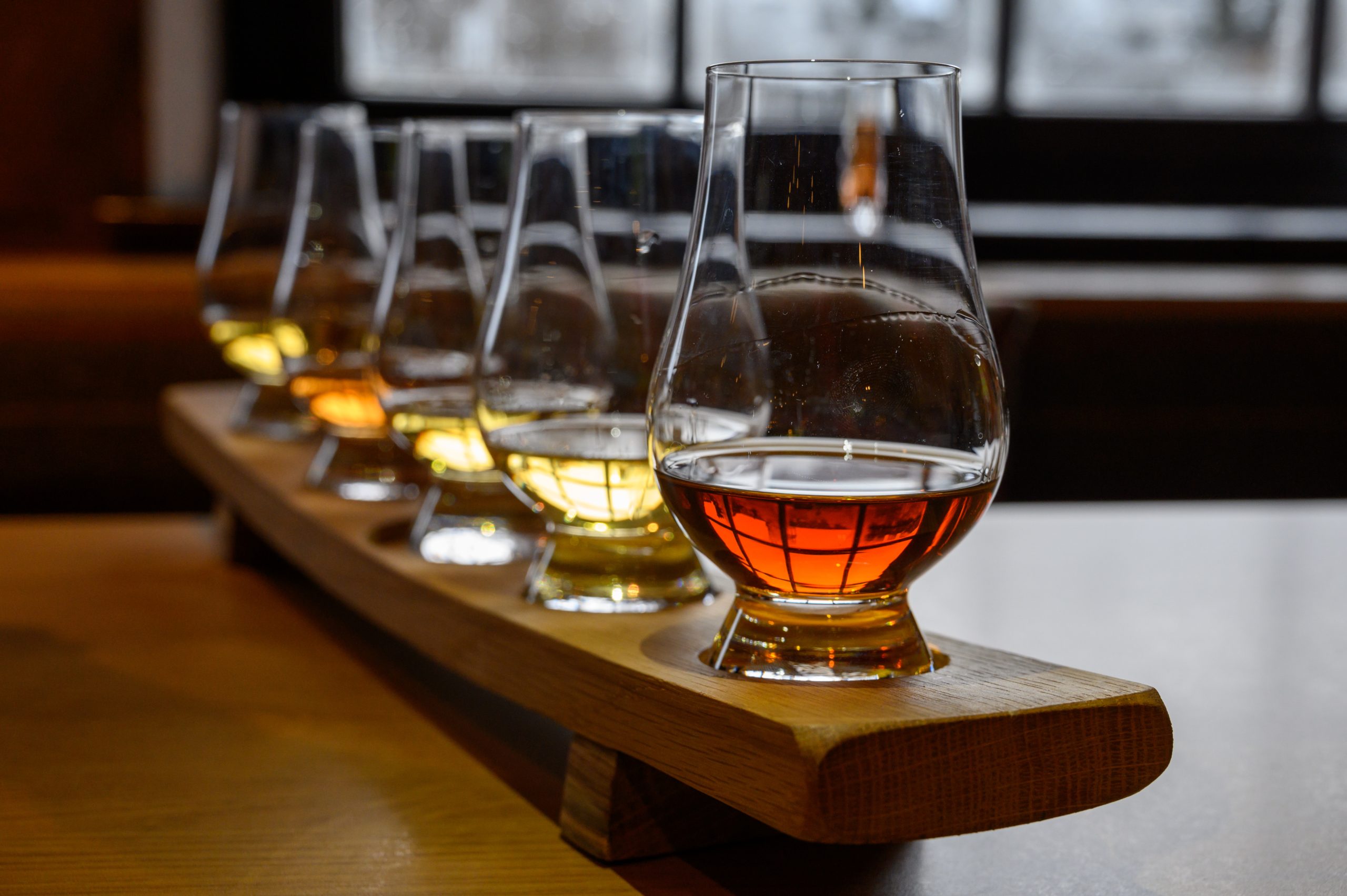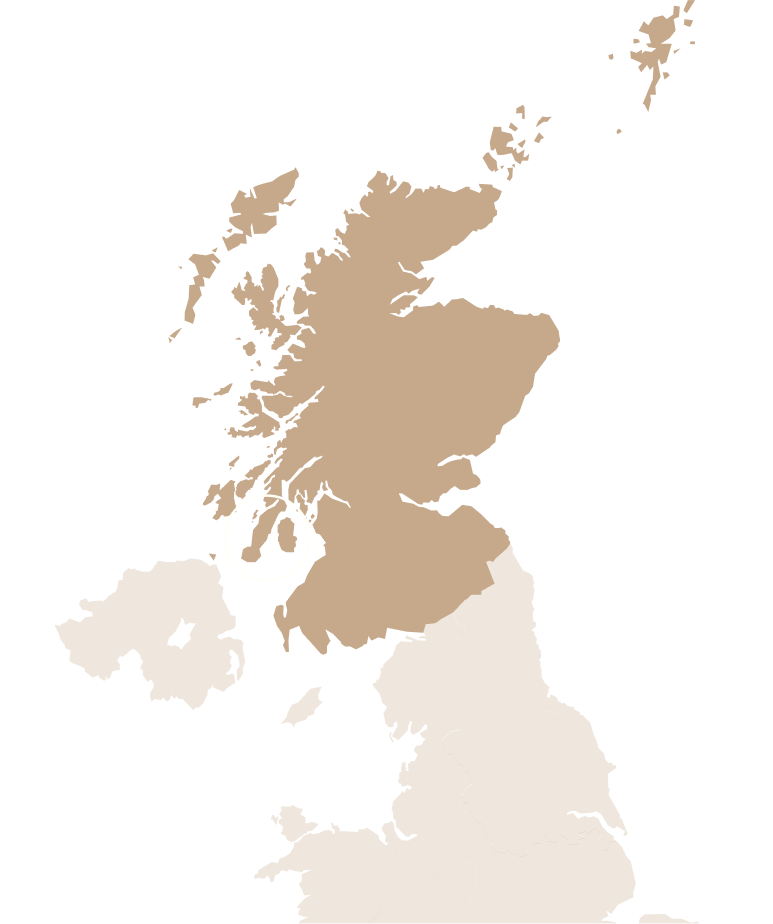The History of Campbeltown Whisky – Rise and Fall, Now Rising Again
In its heyday Campbeltown was an important fishing port and known as ‘the whisky capital of Scotland’. The original settlement was Kinlochkilkerran, which translates as ‘head of the loch by the church of Ciaran’. It was renamed as Campbell’s Town in the 17th century after Archibald Campbell, then Earl of Argyle, was granted the site in 1667. This has been shortened to Campbeltown over time.
The whisky industry in Campbeltown was founded on illegal distillation, as in much of Scotland. The remote location and rugged coastline made it difficult for authorities to get to or find illicit stills. The first official distillery was named Campbeltown and founded in 1815.
The 1820s and 1830s was a true boom time. Many distilleries were built and began production and Campbeltown started to gain a reputation for good single malts. At that time most of the whisky was used by blenders. By the 1860s the number of distilleries had swelled to over 30 and this continued into the early 20th century.
Several factors in combination ultimately contributed to Campbeltown’s downfall – its remote location, the non-building of a proposed railway link in the late 1890s, the Pattison Crash (an industry-defining slump in whisky prices caused by whisky brokers Robert and Walter Pattison in 1898), Prohibition in the USA (when the sale, manufacture and consumption of alcohol was banned between 1920 and 1933) and a focus on quantity rather than quality.
The ghosts of Campbeltown’s past can now be seen everywhere in the town. Street names carry old distillery references, distillery buildings have been repurposed while some lay derelict. There is an air of faded grandeur with past dominance a seemingly distant memory.
But all is not lost. Plans for new distilleries have been submitted to the local authorities. This may not bring back former glories, but it is the beginning of Campbeltown’s rebirth. This is not just important for the local area but also for the Scotch whisky industry.





